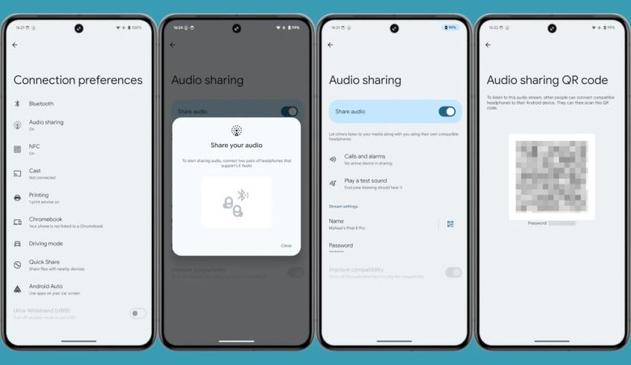Lilbits: Raspberry Pi Compute Module 4S now comes with up to 8GB RAM, modular laptop maker Framework to expand into new categories
The Raspberry Pi Compute Module 4S is a SODIMM-style version of the Compute Module 4. It has the same processor as the standard model, but the form factor restricts the I/O capabilities, so it’s not quite as versatile. And when it first launched in 2022, the Raspberry PI CM4S was only available with 1GB of RAM.
Now Raspberry Pi has announced that the CM4S can now be purchased with 1GB, 2GB, 4GB, or 8GB of LPDDR4-3200 memory onboard. But you’re probably not going to find them in stores anytime soon – they’re positioned as a commercial product and sold in boxes of 200 or more.
Here’s a roundup of recent tech news from around the web.
New memory variants for the Raspberry Pi Compute Module family [Raspberry Pi]
Raspberry Pi notes that the goal was to make things easy for “industrial customers who are migrating from Compute Module 3 or Compute Module 3+” solutions by offering a version of the CM4 in the same form factor. But even with the new memory options, there are some downsides to the form factor: it lacks a PCIe interface, Ethernet connections top out at 350Mbit/s, and USB capabilities top out at USB 2.0, among other things.
ModelRaspberry Pi Compute Module 3+Raspberry Pi Compute Module 4SRaspberry Pi Compute Module 4ProcessorBroadcom BCM2837B0
4 x Cortex-A53 CPU cores @ 1.2 GHzBroadcom BCM2711
4 x Cortex-A72 CPU cores @ 1.5 GHzBroadcom BCM2711
4 x Cortex-A72 CPU cores @ 1.5 GHz
RAM1GB LPDDR21GB, 2GB, 4GB, or 8GB LPDDR41GB, 2GB, 4GB, or 8GB LPDDR4-3200
StorageUp to 32GB eMMCUp to 32GB eMMC(Optional) 8GB, 16GB, 32GB eMMC
USBUSB 2.0USB 2.0USB 3.0
WirelessN/AN/A(Optional) WiFi 6 and Bluetooth 5.0
EthernetUp to 350 Mbit/sUp to 350 Mbit/sGigabit Ethernet support
Video I/O1 x HDMI 1.3a1 x HDMI 2.0a2 x HDMI interfaces (up to 4K)
2 x MIPI DSI display interfaces
2 x MIPI CSI-2 camera interfaces
PCIeN/AN/APCI Express 2.0 interface
Connector200-pin SODIMM200-pin SODIMM2 x 100-pin mezzanine connectors
Confirmed: Google to Release a Pixel Tablet Without Dock, Sell Pen and Bluetooth Keyboard [ Droid Life]
Retail listings suggest that Google will soon begin offering the ability to buy a Pixel Tablet without the Speaker Charging Dock. New digital pen and Bluetooth keyboard accessories may also be on the way.
Here’s a first look at Bluetooth audio sharing in Android 15 [Android Authority]
First look at an upcoming Android 15 “share audio” feature that could allow phones to broadcast audio using Bluetooth LE’s Auracast feature, which lets you share audio with multiple nearby devices at once.
Mishaal Rahman / Android Authority
Framework won’t be just a laptop company anymore [The Verge]
Modular laptop maker Framework plans to expand into “additional product categories,” but isn’t ready to say what they are yet. Desktops? Smartphones? Tablets? Watches? Something else entirely? I guess we’ll find out… eventually.
Keep up on the latest headlines by following @liliputing_liliputing.com on Mastodon (or @bradlinder@fosstodon.org). You can also follow Liliputing on X and Facebook. We’re also on Bluesky now, but just barely.
#android15 #auracast #bluetoothLe #framework #google #leaks #lilbits #pixelTablet #raspberryPi #raspberryPiCm4s #raspberryPiComputeModule #raspberryPiComputerModule4s #shareAudio




